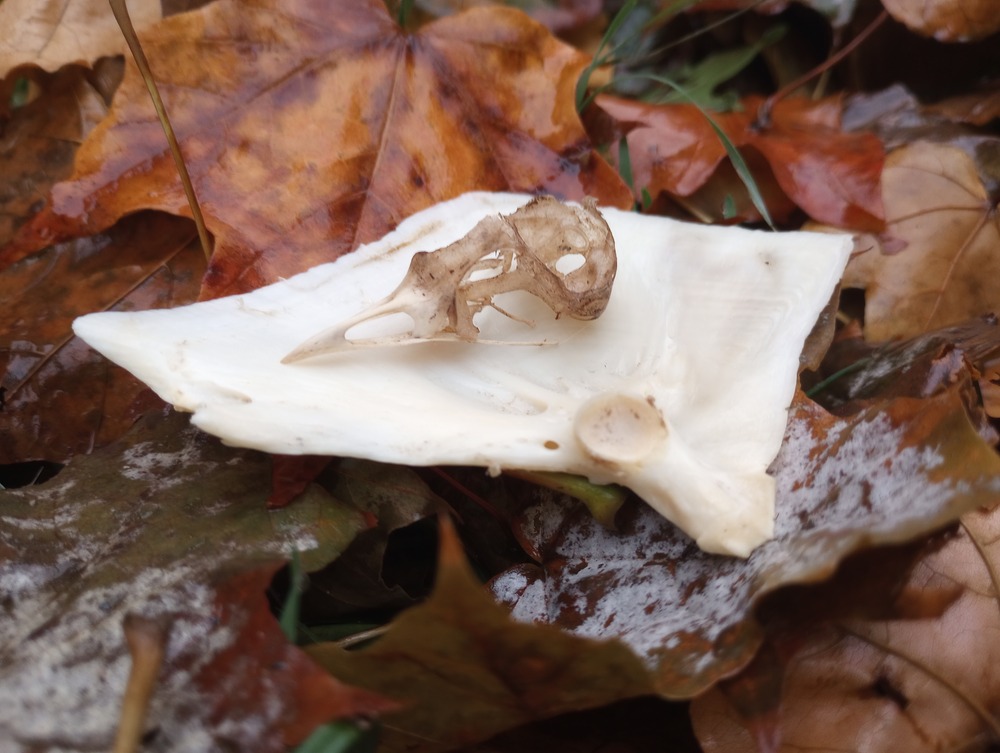It’s a known fact that people fear the supernatural. But is it reasonable to be afraid of something that’s completely natural?
Take skeletons, for instance. Skeletons are pervasive in horror genres today, and it seems that a skeleton can be found decorating every other house on the night of Halloween. Bones have become one of the de facto elements of horror. But why is that?
We should be familiar with bones—we have them in our body. Why does something that we have with us all our lives send shivers down our spine? Is it connected to some deep primordial fear we all carry with us, namely that of death itself?
To some, death represents the end of all things—an entrance into the abyss. To others, death represents some form of transcendence, beyond the mortal coil. Regardless of what you think of it, death is perfectly encapsulated in the appearance of bones. Stripped of all flesh and muscle and reduced to a pale white color, the osseous fragments that make up our body represent the finality and totality of death. Lifeless sockets and a thin, connected framework create a ghastly image of a human being reduced to its simplest parts.
Perhaps that is why we fear them - because they represent a return to no-form, a world of no sensations. Do we inherently fear the feeling of nothing, or the removal of everything we know? Perhaps the skeleton, with its empty spaces, opens a door to the abyss, through which we stare into its endless depth. Or maybe it has to do with our survival instincts: seeing a skeleton out in the wild might mean that something dangerous is nearby, such as a wild animal or a poisonous plant. After all, survival trumps all other needs, especially in the ancient world.
It seems as though skeletons and bones have laid root in the public consciousness as harbingers of doom. The quintessential ‘living skeleton’ always appears in movies and books, showcasing the terror of the dead coming back to life. Indeed, figures such as the Grim Reaper and horseman of Death are often depicted as skeletons, further heightening the gripping terror of one’s own demise.
However, skeletons have not always found their roots in that familiar fear. For example, when people in Mexico celebrate the Day of the Dead, skeletons often represent life instead of death. Life, it seems, can be represented by a skeleton as well.
In fact, skeletons certainly have the ability to represent a great deal of things beyond death. Skeletons hold us up; they support our very body. They are the framework for our flesh and organs. Without our bones, we would be fleshy lumps of goo, crawling around on the ground. Even the appearance of bones is deceiving; they seemingly break ever so easily, but then turn around and repair themselves.
Skeletons certainly are spooky, and the greatest reason for this creepy correlation is ultimately death. They can represent the impending doom that looms over us all. However, skeletons can be viewed in many different ways: to one person, a skeleton might represent death, but to another, it might represent life. Either way, they make great decorations.
